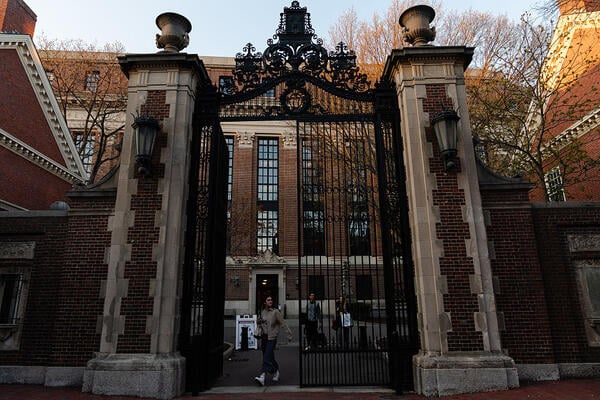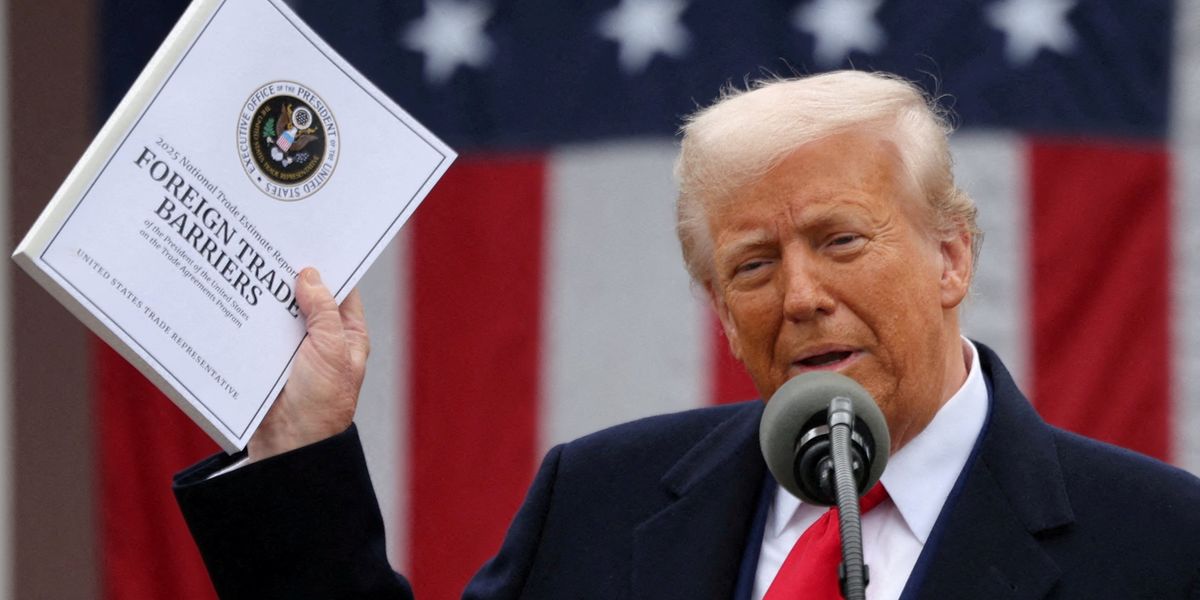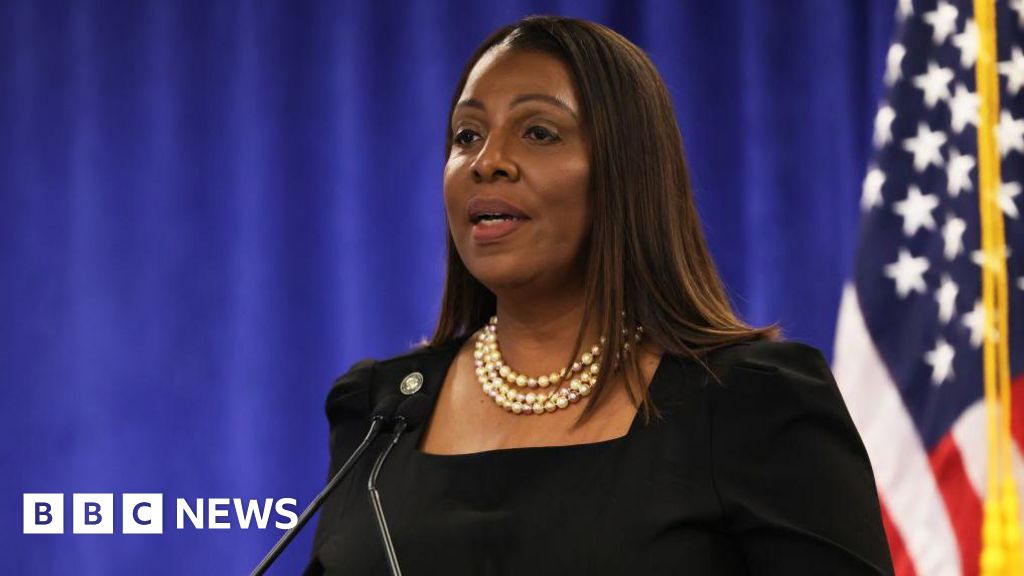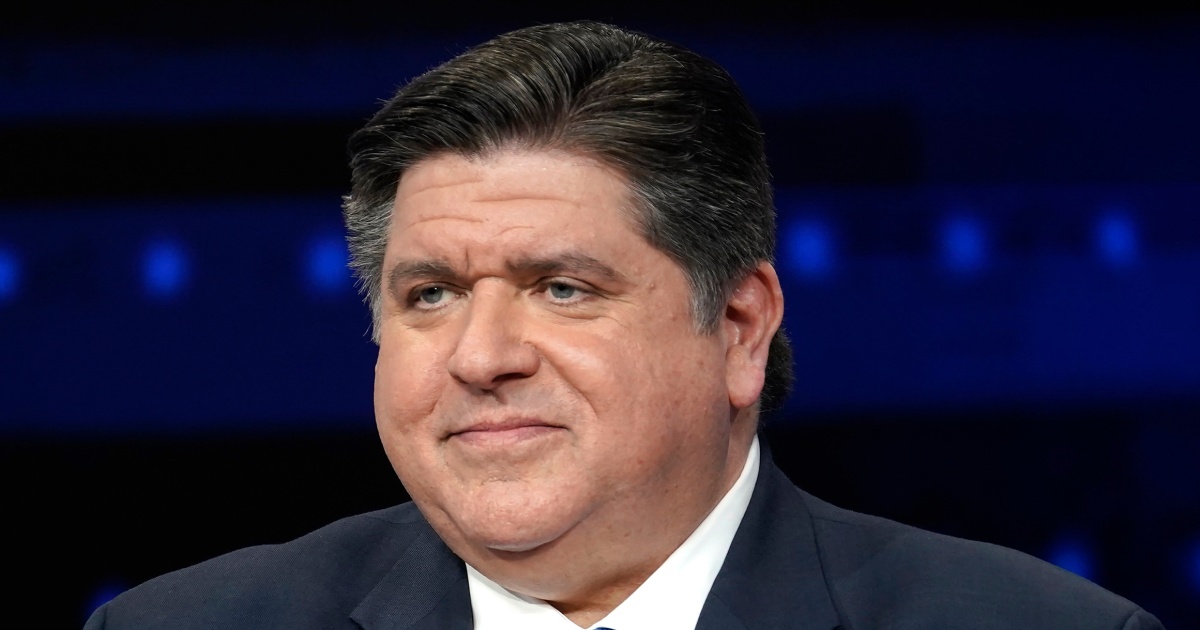Trump Rejects Proposal for Tax Increases on Millionaires Amid Legislative Challenges

President Donald Trump has effectively dismissed a proposal that has recently circulated among congressional Republicans, which suggests increasing taxes on millionaires as a means to fund his extensive policy agenda. This agenda, often referred to as the big, beautiful agenda package, seeks to implement significant tax cuts, enhance border security, and expand defense spending.
In the past few weeks, some Republican members have floated the idea of establishing a new tax rate of 40% on earnings exceeding $1 million annually. Currently, the top federal tax rate is set at 37% for individuals earning over $609,351. This proposed increase has stirred a variety of opinions within the party.
Speaking to reporters in the Oval Office, Trump, who is 78 years old, expressed serious concerns about the potential ramifications of such a tax hike, stating, I think it would be very disruptive because a lot of the millionaires would leave the country. He elaborated on this point by referencing historical trends in which wealthy individuals would exit certain states due to unfavorable tax policies, suggesting that advancements in transportation have now enabled them to relocate internationally. Youd lose a lot of money if you do that, he warned.
Interestingly, Trump had previously indicated a willingness to entertain the idea of a millionaire tax during private discussions. However, his more recent comments signal a retreat from that position.
Within the Republican Party, opinions on the millionaire tax are divided. House Speaker Mike Johnson of Louisiana has openly stated that he is not a big fan of the proposal, while some members, such as House Freedom Caucus Chairman Andy Harris from Maryland, have shown a degree of openness to the idea. Estimates suggest that implementing such a tax could generate approximately $400 billion over the next decade, as reported by Bloomberg News.
Currently, Republicans face a complicated challenge in funding their ambitious agenda, which not only includes tax reductions but also critical increases in spending on issues like national defense and immigration enforcement. The total scope of tax cuts and spending increases Republicans are considering ranges between $4.5 trillion to $5.8 trillion over a ten-year period, encompassing border security and defense spending.
On the House side, Republicans are aiming for at least $1.5 trillion in spending cuts over the same timeframe. However, fiscal conservatives within the party have expressed concerns regarding any legislation that might exacerbate the national deficit, which stood at a staggering $1.8 trillion last fiscal year. Its important to note that approximately 61% of the federal budget, which totals about $6.75 trillion, is allocated to mandatory spending programs such as Medicare, Social Security, and Medicaid, while another 13% goes toward interest payments on the national debt.
Among the base of Trump supporters, particularly populist factions, there have been increasing calls for tax hikes on the wealthy to make the funding for the Trump agenda viable. Recently, Trump ally Steve Bannon stated on Real Time with Bill Maher that Trump and the MAGA movement will raise taxes on the wealthy. However, GOP leadership has been careful to downplay the likelihood of such tax increases.
In a recent interview with Fox News, Speaker Johnson reiterated his opposition to raising tax rates, asserting, We have been working against that idea. Im not in favor of raising the tax rates, because thats our party is the group that stands against that traditionally.
The tax cuts being contemplated by Republicans are closely aligned with the 2017 Tax Cuts and Jobs Act, key elements of which are set to expire at the end of the year. Additionally, discussions are underway regarding potential increases to the state and local tax (SALT) deduction cap.
Trumps economic team is actively pushing for tax relief measures to move through Congress, aiming to bolster the economy amid ongoing market volatility impacted by his tariff policies. Speaker Johnson is optimistic about getting the Trump agenda package to the presidents desk by Memorial Day, although pivotal questions about funding strategies and necessary spending cuts remain unresolved.



























